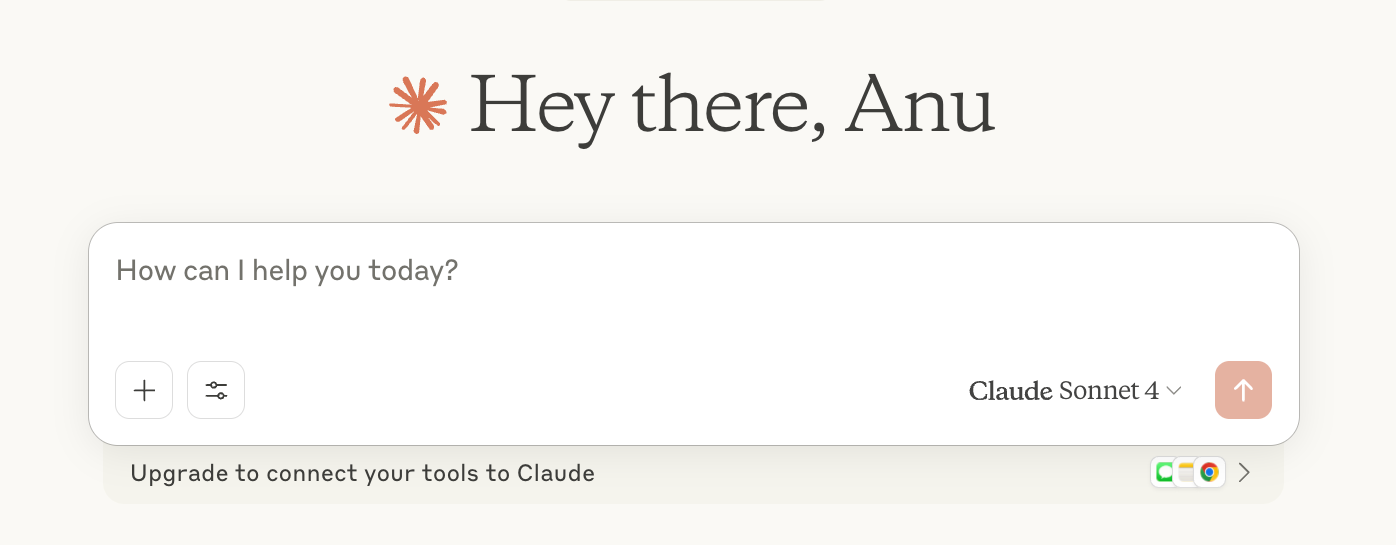Doomprompting Is the New Doomscrolling.
The new slot machines of thought — AI’s infinite scroll and the quiet outsourcing of our intention.
The blank box of ChatGPT, Claude, or your large language model of choice staring back at you felt like a clean slate. Here was a remarkable new technology that put the world’s knowledge at our fingertips, and all it asked of us was intention.
We would never doomscroll an LLM — right?
But even the most promising technologies have an evil twin, and the blank box of curiosity is no exception. Where social media trained us to passively consume, the dark side of AI trains us to passively “converse” and “create.”
The actions feel similar but the result emptier. We cycle through versions meant to arrive closer but end up more lost. Our prompts start thoughtful but grow shorter; the replies grow longer and more seductive. Before long, you're not thinking deeply, if at all, but rather half-attentively negotiating with a machine that never runs out of suggestions. Have you considered...? Would you like me to…? Shall I go ahead and…? This slot machine’s lever is just a simple question: Continue?
Th…


